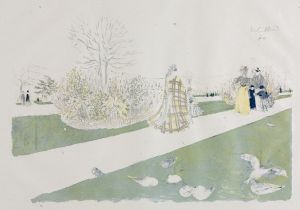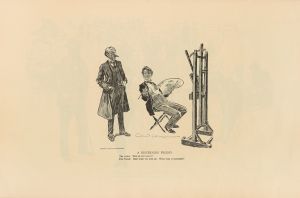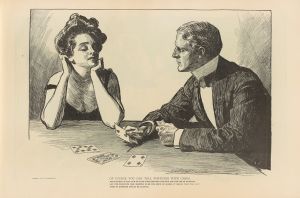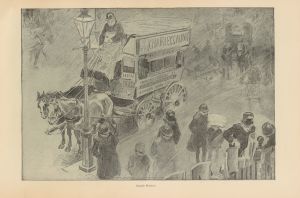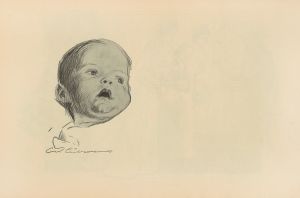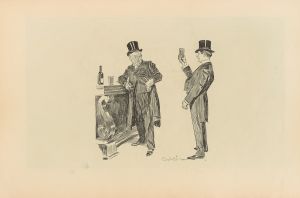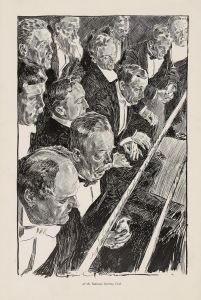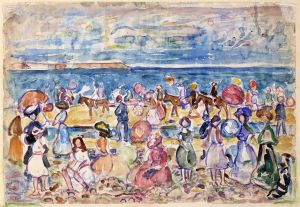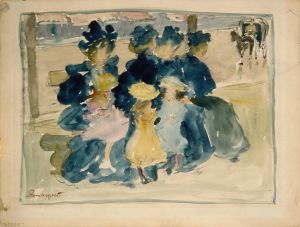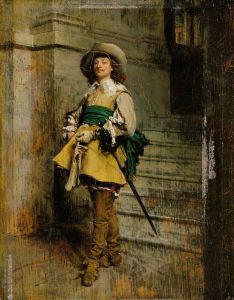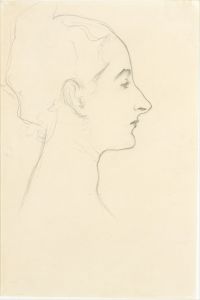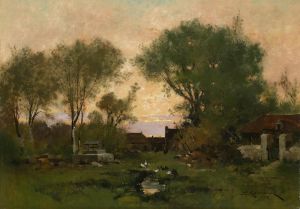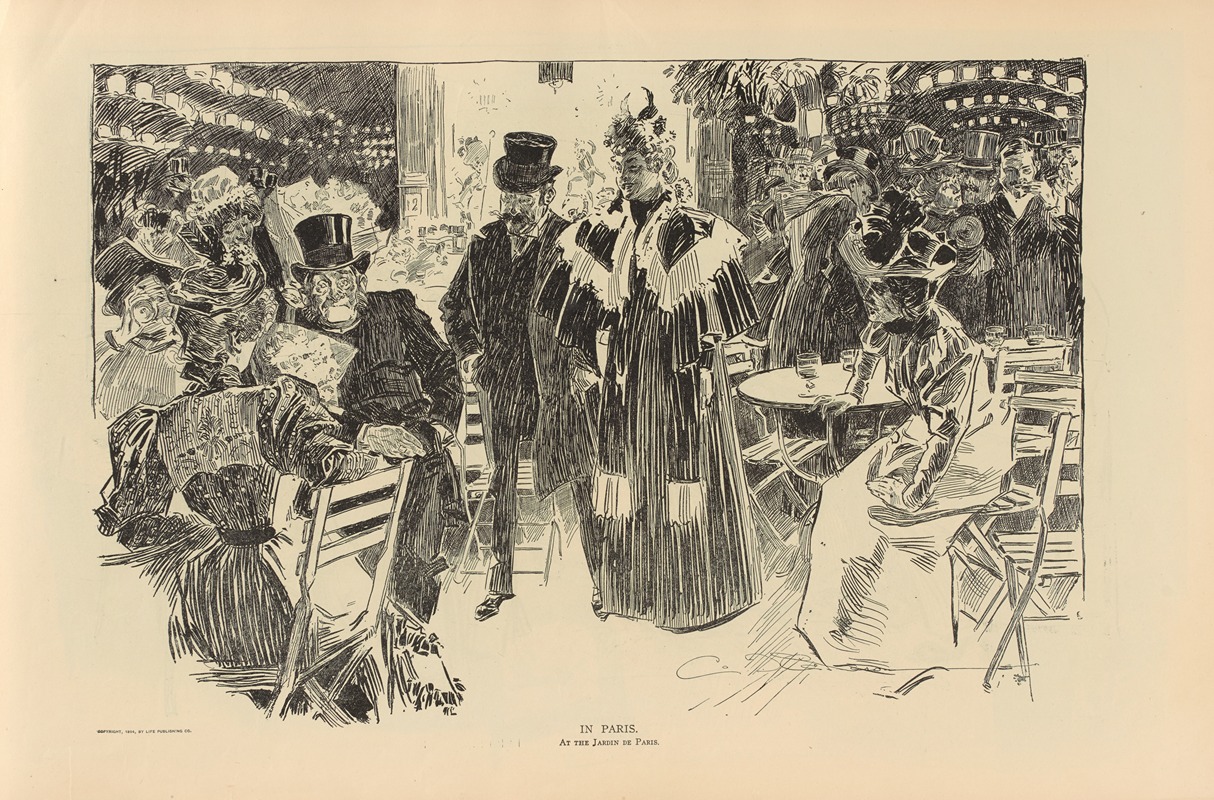
In Paris. At the Jardin de Paris
A hand-painted replica of Charles Dana Gibson’s masterpiece In Paris. At the Jardin de Paris, meticulously crafted by professional artists to capture the true essence of the original. Each piece is created with museum-quality canvas and rare mineral pigments, carefully painted by experienced artists with delicate brushstrokes and rich, layered colors to perfectly recreate the texture of the original artwork. Unlike machine-printed reproductions, this hand-painted version brings the painting to life, infused with the artist’s emotions and skill in every stroke. Whether for personal collection or home decoration, it instantly elevates the artistic atmosphere of any space.
Charles Dana Gibson was an influential American illustrator, best known for his creation of the "Gibson Girl," a representation of the idealized American woman at the turn of the 20th century. One of his notable works is "In Paris. At the Jardin de Paris," which captures the essence of Parisian life during the Belle Époque, a period characterized by cultural flourishing and artistic innovation in France.
"In Paris. At the Jardin de Paris" is a black-and-white illustration that reflects Gibson's keen observational skills and his ability to capture the nuances of social interactions. The Jardin de Paris was a popular entertainment venue located on the Champs-Élysées, known for its lively atmosphere and performances. It was a place where the fashionable elite of Paris would gather, and it provided a rich source of inspiration for artists and illustrators of the time.
Gibson's illustration depicts a scene filled with elegantly dressed men and women, showcasing the fashion and social dynamics of the era. The women in the illustration are likely representations of the "Gibson Girl," characterized by their confident demeanor, stylish clothing, and a sense of independence. This idealized image of women was influential in shaping societal perceptions of femininity and beauty in the early 20th century.
The men in the illustration are depicted in formal attire, engaging in conversation and socializing, which was typical of the social gatherings at the Jardin de Paris. The interaction between the characters in the illustration highlights the social norms and gender roles of the time, offering a glimpse into the cultural landscape of the Belle Époque.
Gibson's work was widely published in magazines such as Life, Harper's Weekly, and Scribner's, reaching a broad audience and cementing his reputation as a leading illustrator of his time. His illustrations were not only artistic expressions but also social commentaries that captured the spirit of an era marked by significant social and cultural changes.
"In Paris. At the Jardin de Paris" exemplifies Gibson's ability to blend artistry with social observation, creating images that resonate with viewers and provide insight into the societal trends of the period. The illustration remains a valuable piece of historical art, offering a window into the world of Parisian society during a time of great cultural vibrancy.
Gibson's legacy as an illustrator endures, with his works continuing to be studied and appreciated for their artistic merit and cultural significance. His portrayal of the "Gibson Girl" and scenes like those at the Jardin de Paris have left a lasting impact on the visual culture of the early 20th century, influencing both contemporary and future generations of artists and illustrators.





